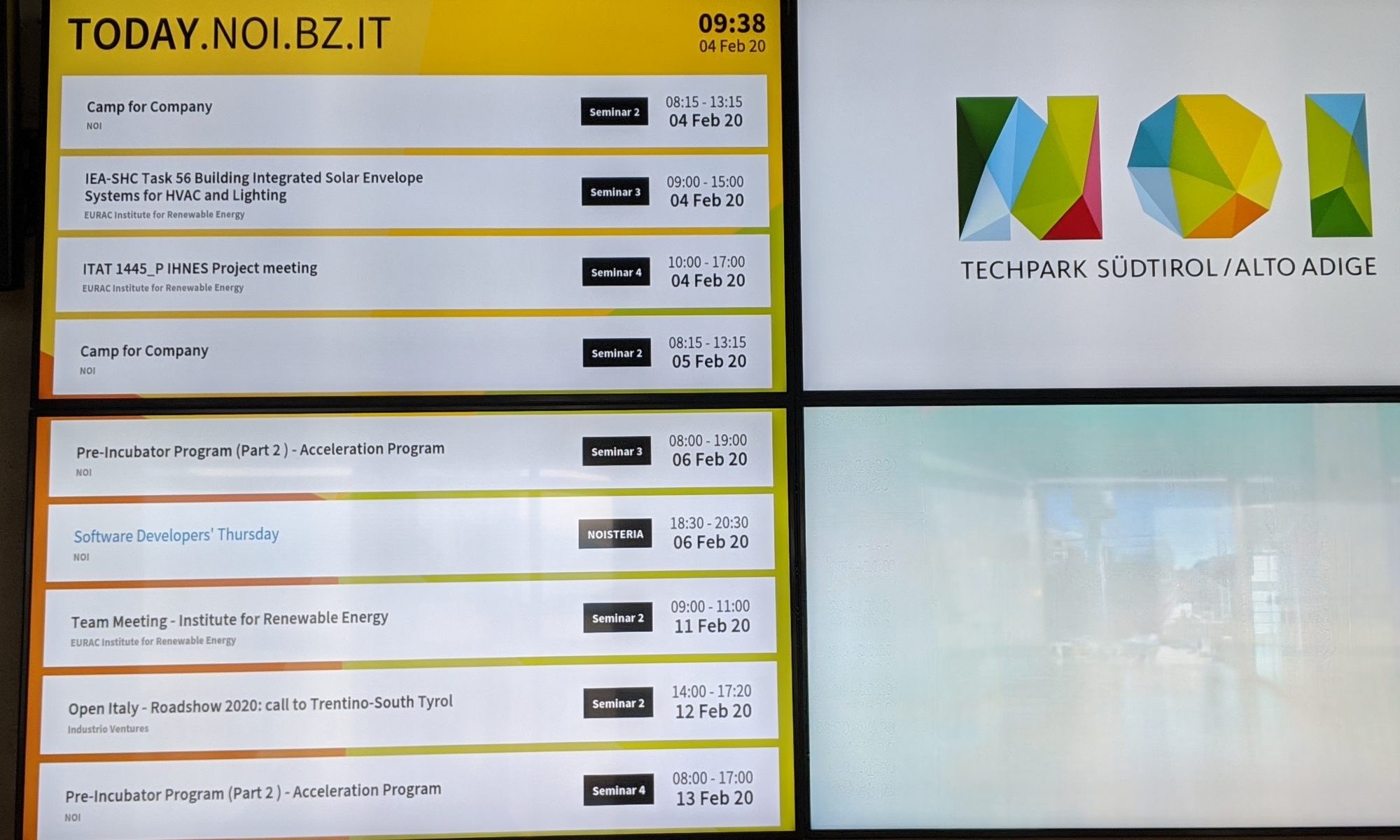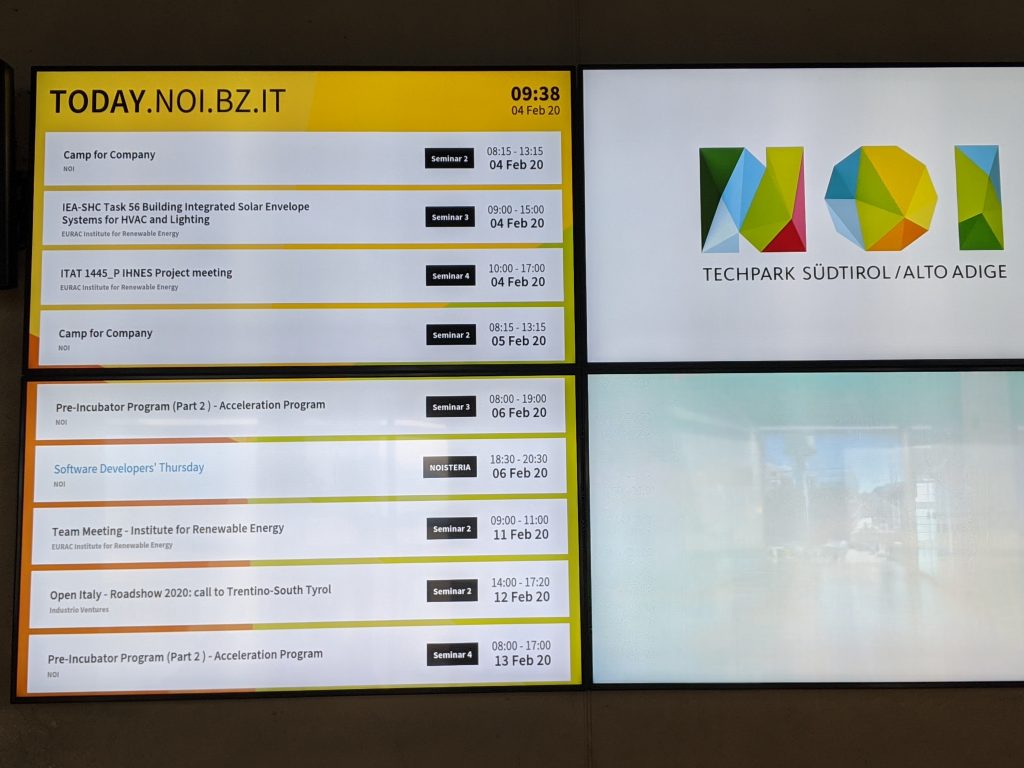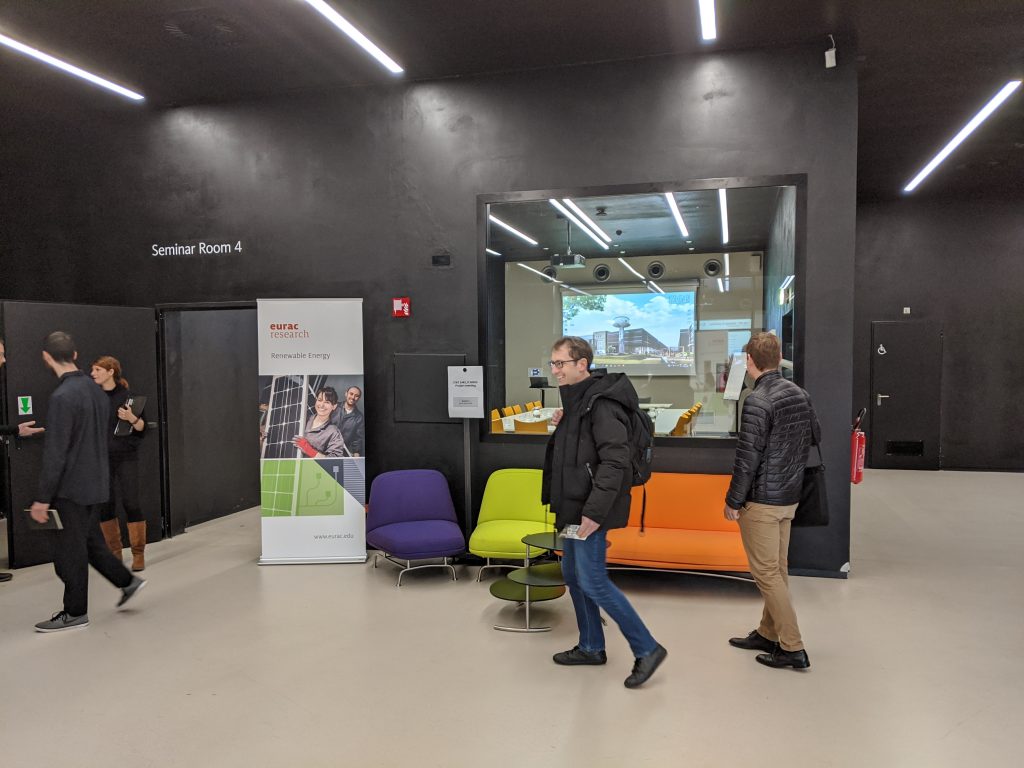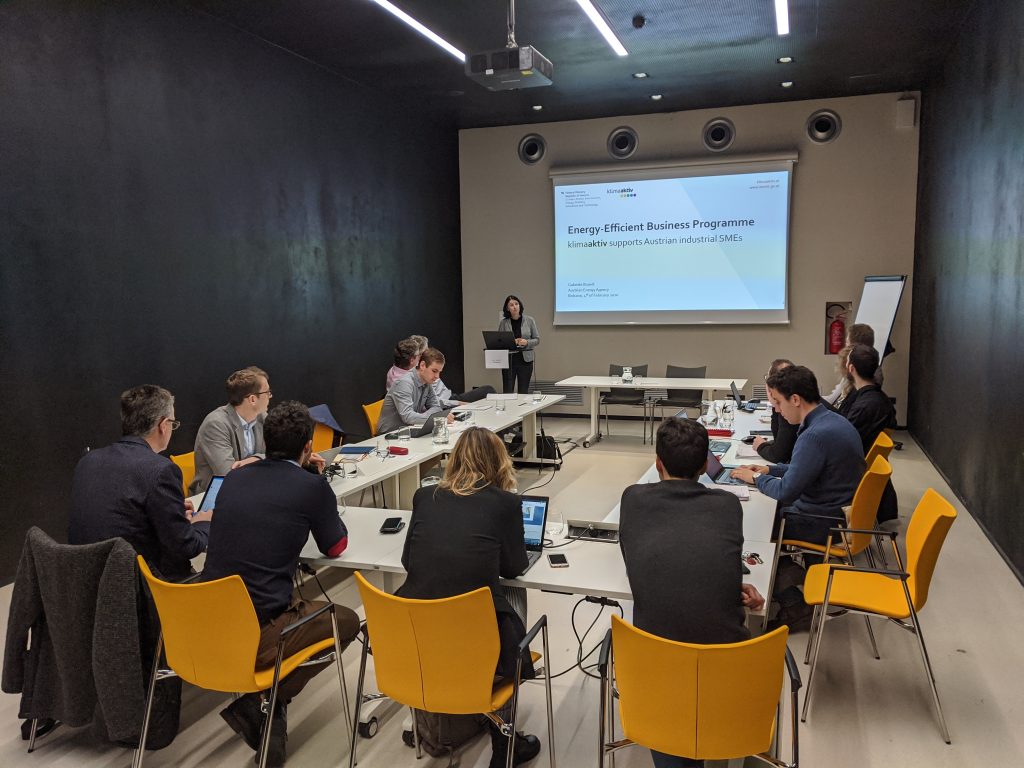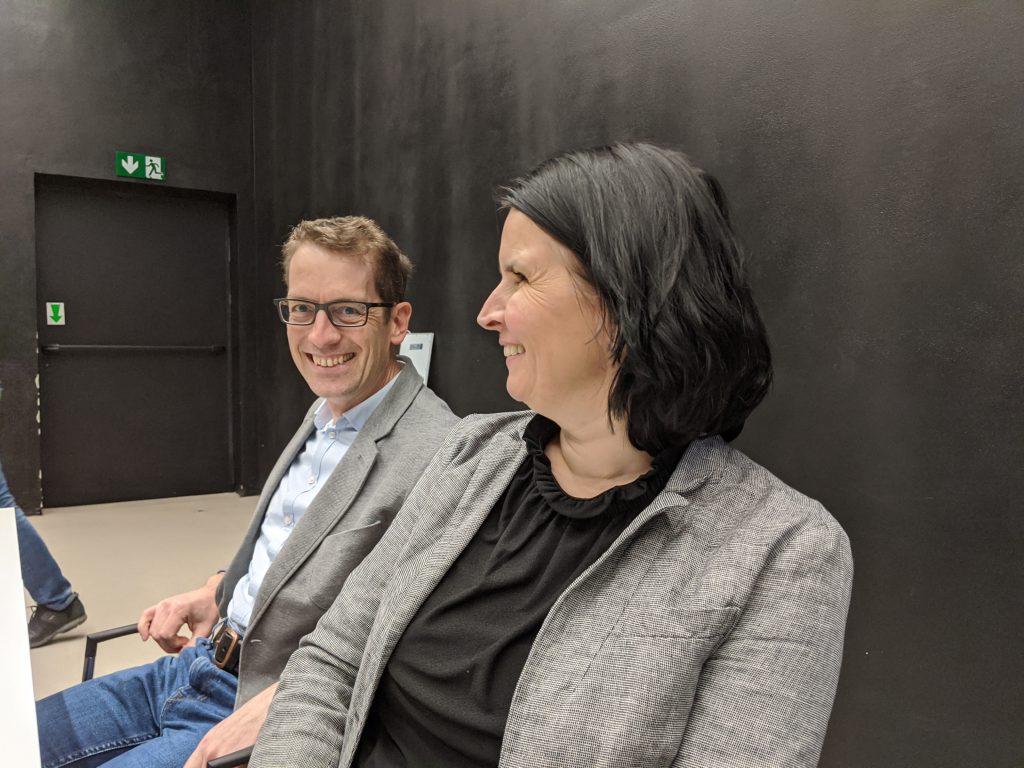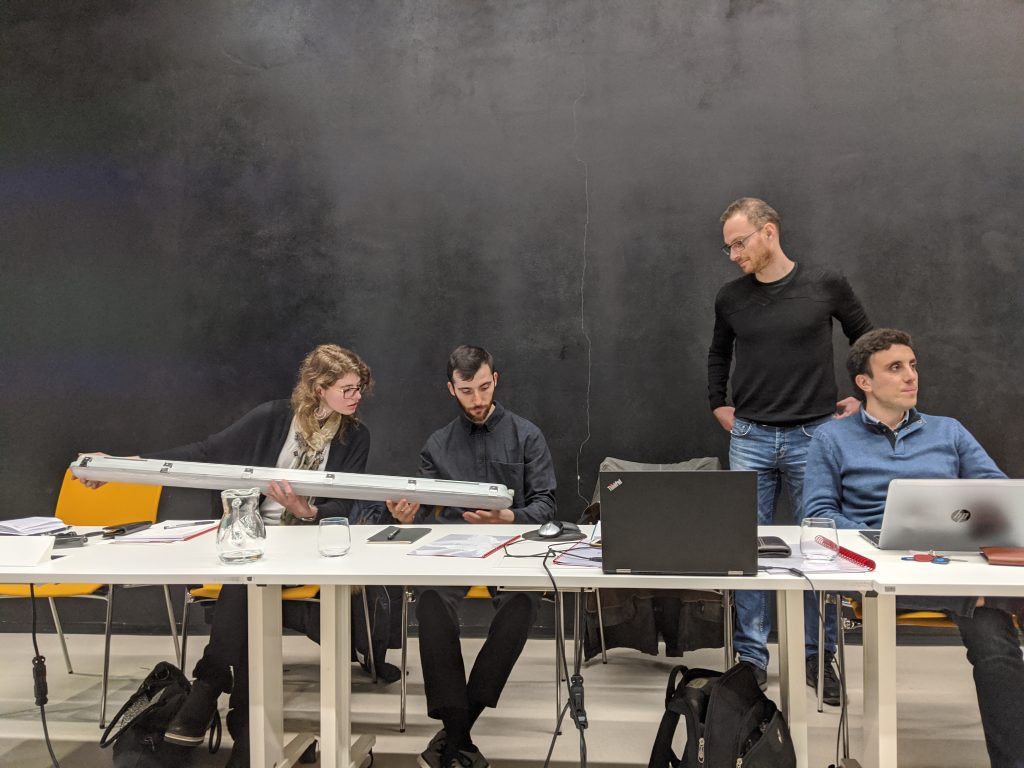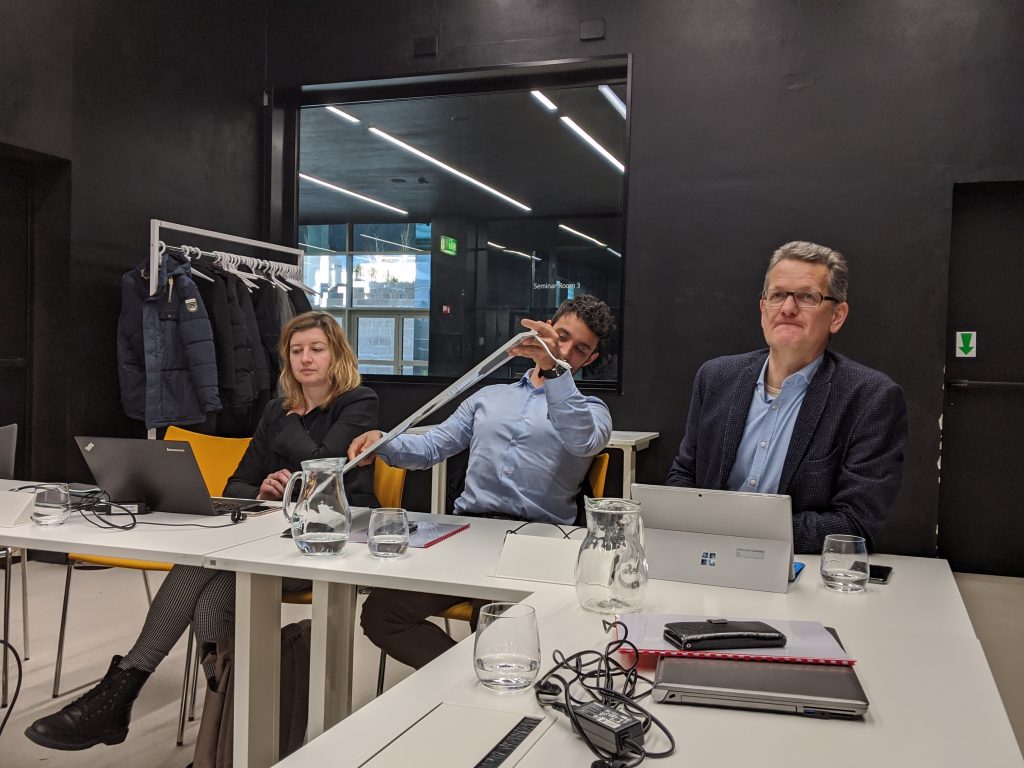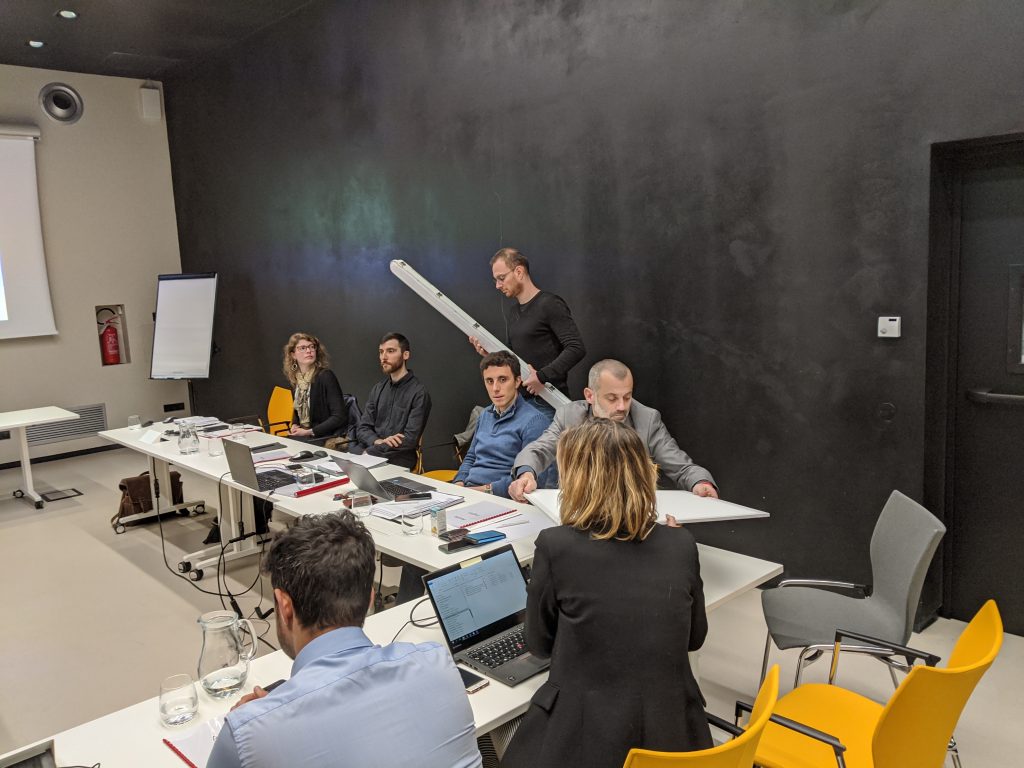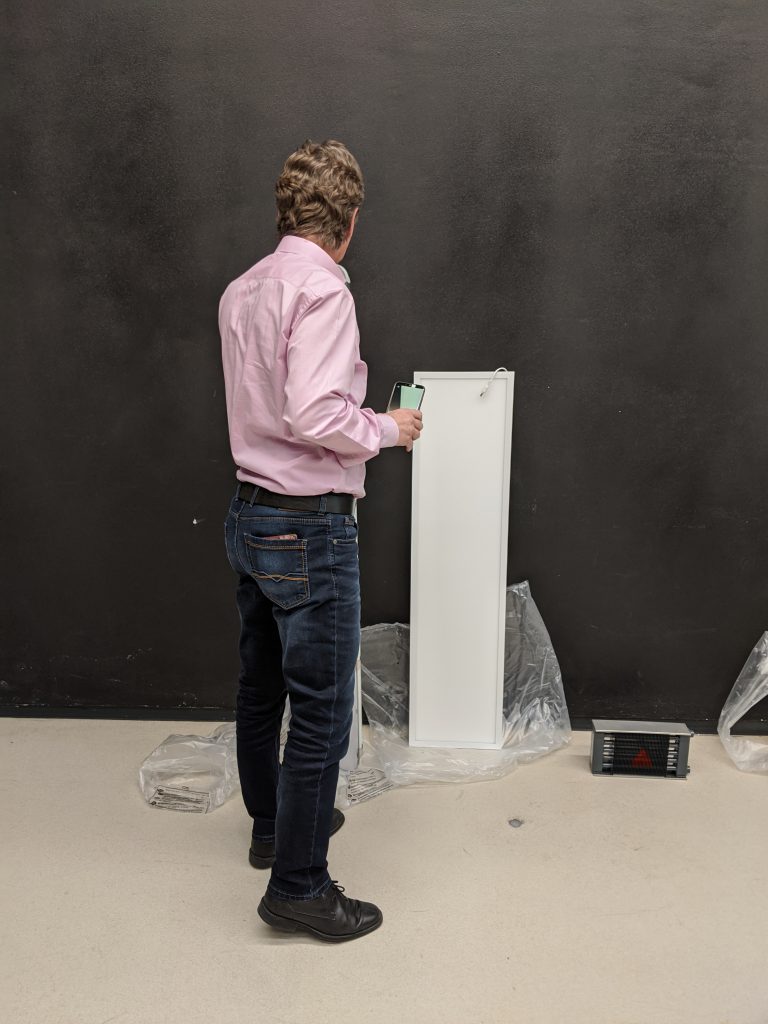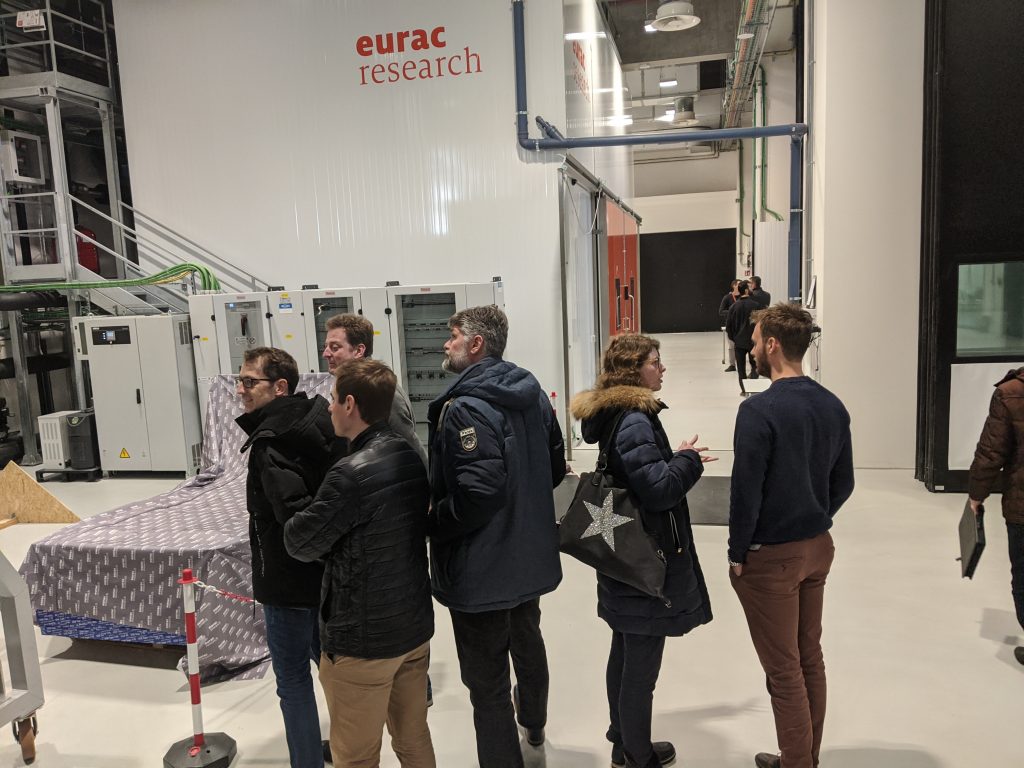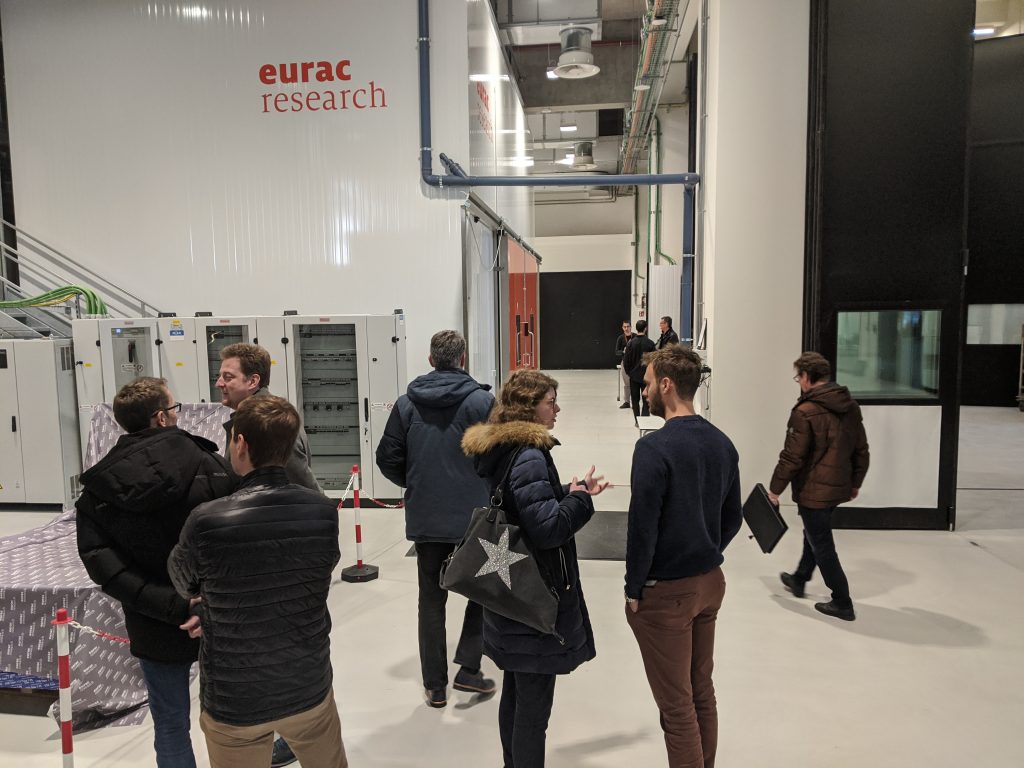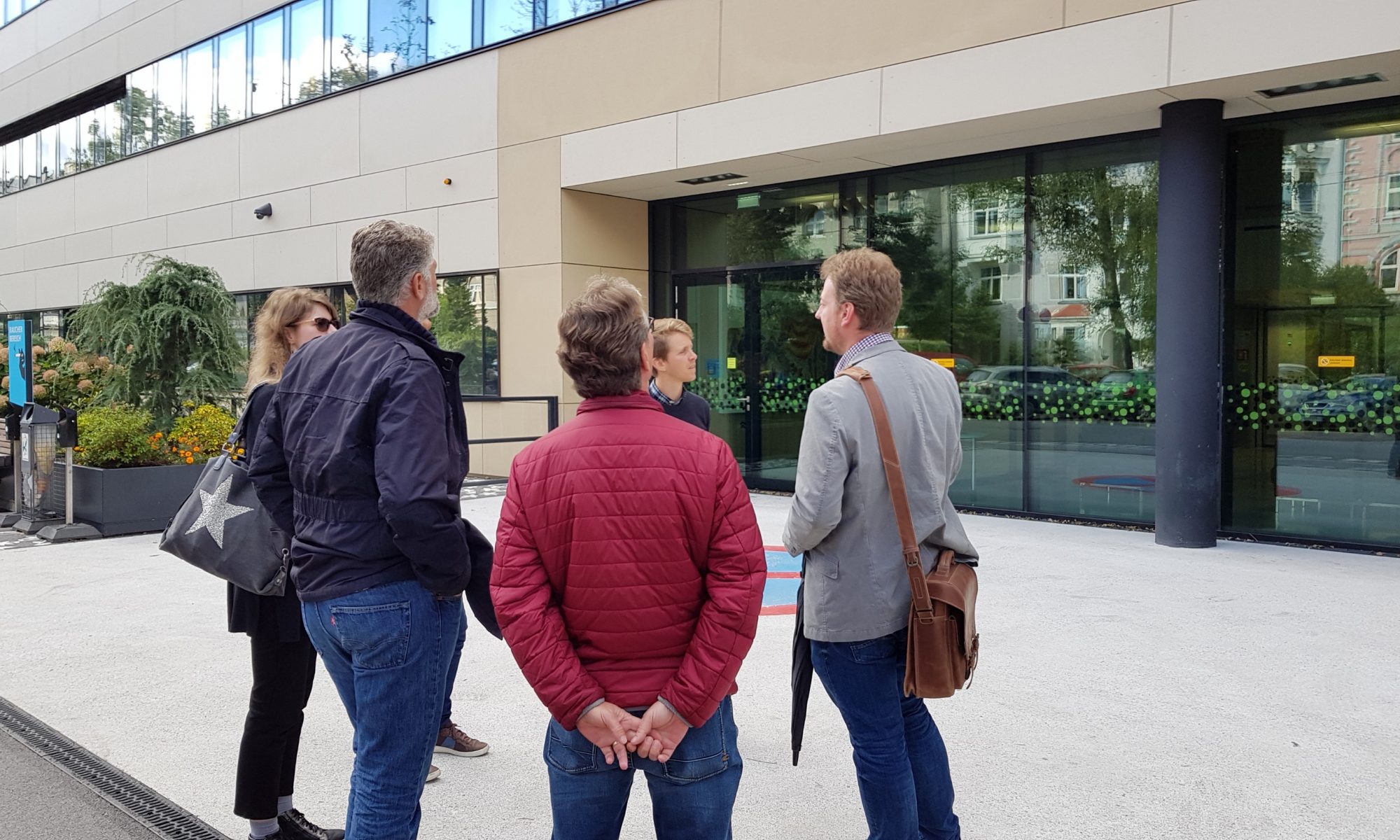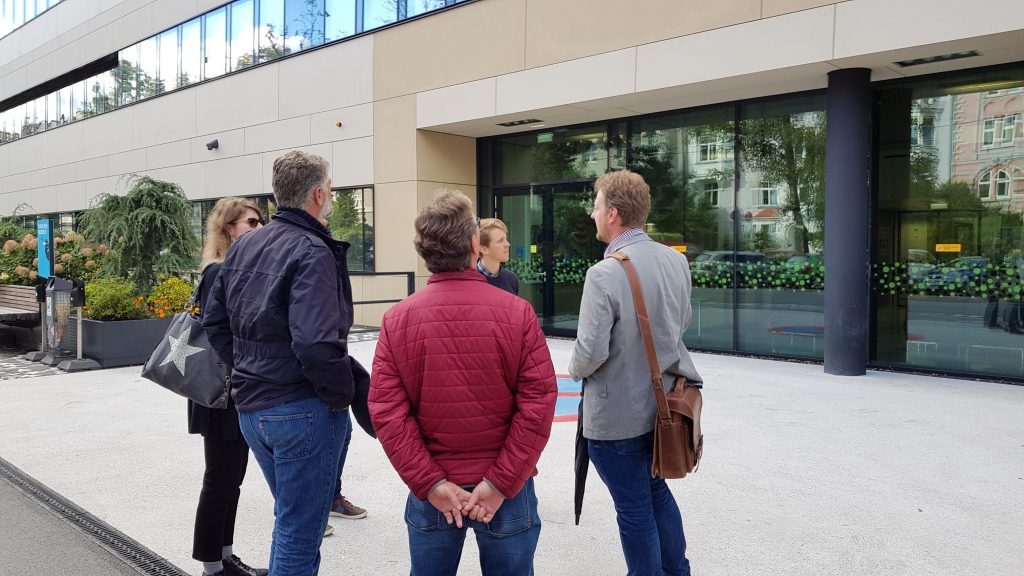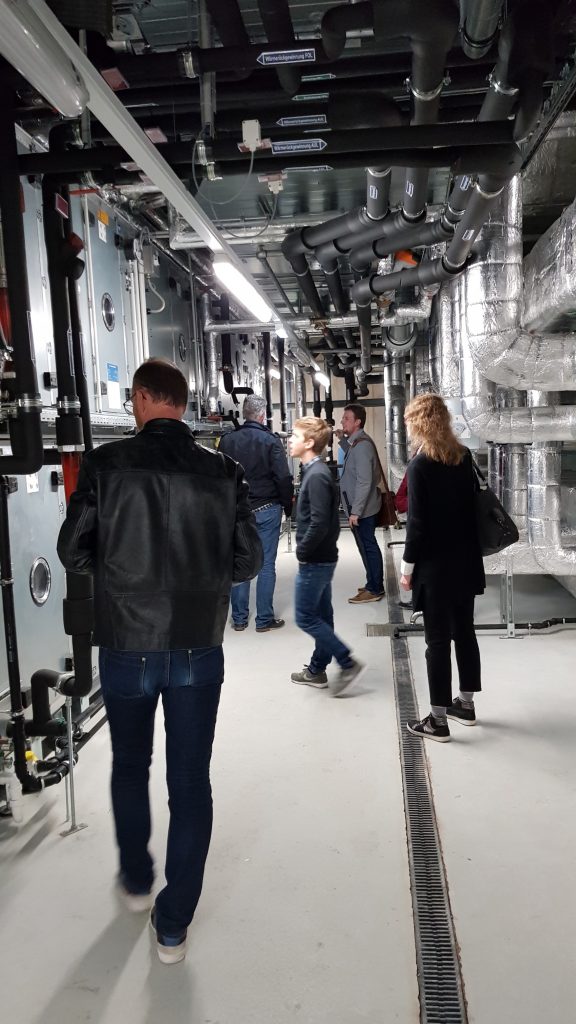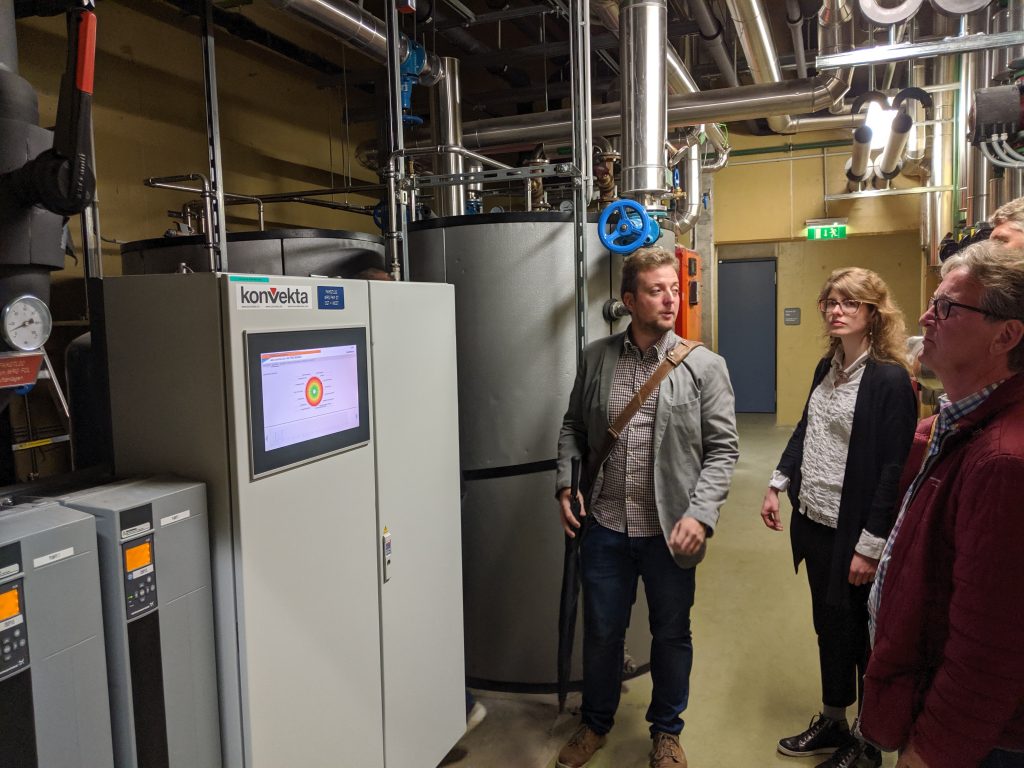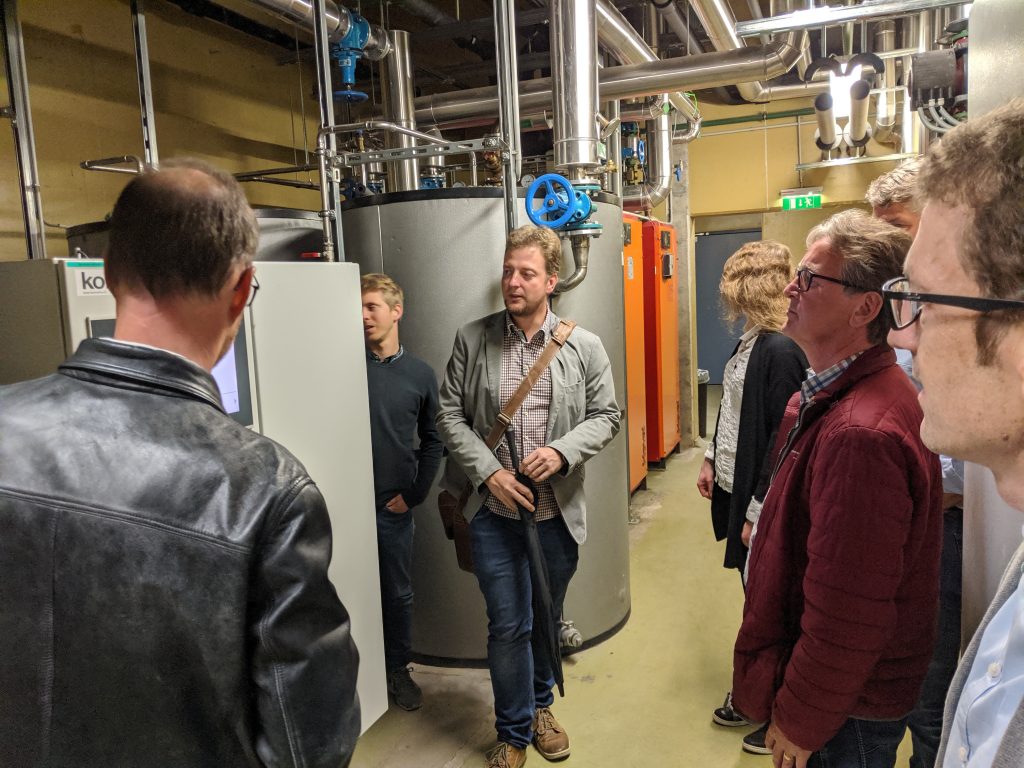On invitation of EURAC Bolzano, all project partners met in the NOI Technology Park to talk about energy efficiency in hospitals.
As a special guest we had the pleasure to welcome Gabriele Brandl from Klimaaktiv in Austria. She presented the activities of the Energy Agency Austria and Klimaaktiv – the Austrian platform for climate protection, environment and energy.
Besides a short overview on energy monitoring in general, EURAC started with a presentation of its software platform CERPLAN for the collection of energy and building data. Our platform to analyse energy key figures, best practice examples (federal and state wide).
The practical contribution was provided by tirol kliniken with a field report on LED lighting in hospitals.
Finally, the EURAC gave us an insight into the research and test laboratories in the NOI Technology Park.

